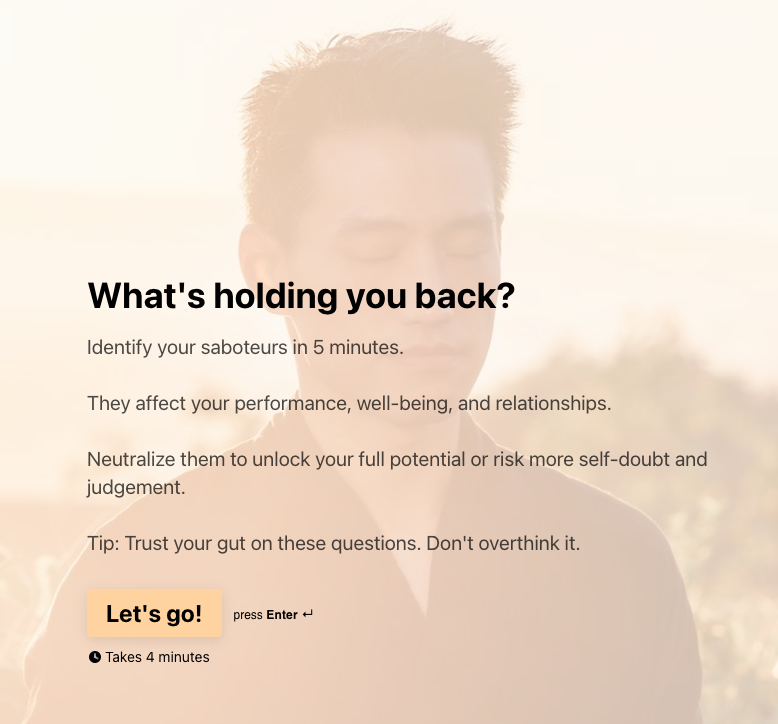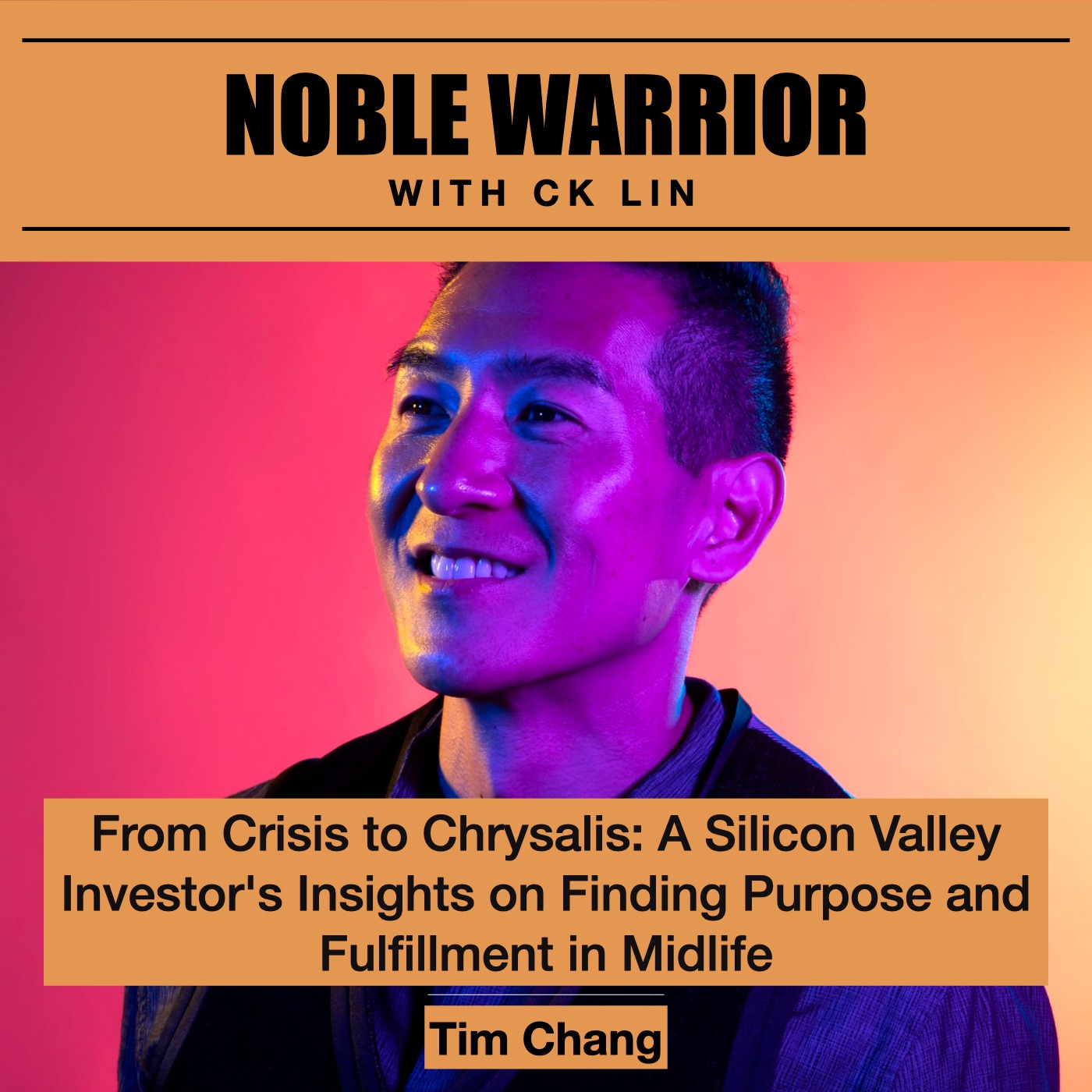065 Safir Bellali: How to Accelerate Innovation In a Post COVID World?
Innovation is connecting disparate ideas and creating a new bridge. In the post COVID world, we are effectively in the 'in-between spaces' where new paradigms are being created at this moment. My guest, Safir Bellali, is the head of Advance Digital...
Innovation is connecting different ideas and creating new bridges.
In the post COVID world, we are effectively in the 'in-between spaces' where new paradigms are being created at this moment.
My guest, Safir Bellali, is the head of Advance Digital Creation for VFC, the parent company of Northface, Timberland, Vans, Dickies, etc.
TOPICS WE TALKED ABOUT
- How Capoeira fosters creative conversations
- The relationship between flow and play
- Connecting a tribe together based on hobbies, values, interests, professions
- The importance of sharing your voice
- The origin story of his brother visiting Haiti
- 6D of exponential transformation (based on Peter Diamandis)
- Teaching ‘disruptor thinking’ to the next generation of product designers
LINKS
- https://www.vfc.com
- @safirbellali
SAFIR BELLALI'S BIO
With over 20 years of combined experience as an automotive engineer and industrial designer, Safir has been able to leverage his strategic thinking and creative problem-solving skills to tackle a wide range of innovation challenges. Safir was an early adopter of 3D design and prototyping tools and carried his experience from the automotive world into the fashion and footwear industry. As Head of Innovation for the industry’s leading Action Sports brand, Vans, he oversaw a number of initiatives that spanned across products and experiences. In his new role, driving innovation through digital technologies for VF’s 20+ Apparel, Footwear, and Accessories brands, he aims to explore the opportunities offered by digital tools and workflows and help imagine the future of Product Creation. An Aspen Institute First movers Fellow and advocate of purposeful and responsible design, Safir believes that our society has an incredible opportunity to harness its collective creativity and today’s technological affordances to tackle the world’s social and humanitarian challenges. Safir teaches at Art Center College of Design and at the USC Iovine and Young Academy and spends the rest of his free time goofing off with his wife Patty and his twin daughters Mila and Sofia.
INSIGHT QUOTES
[reinvention] This crisis right now is it's a sign from our planet that's telling us, you know what? I need you all to take a, a break. Look inside, look at yourselves. Look at how you act. How you live your lives, how you work, and think about how you can do this better. In many industries, people still need things. People need clothing. People still need services, People still need infrastructure. I think our opportunity right now is to think about how we create those things in a much more responsible way in a much more efficient way. These crises are inevitable. But maybe the impact of this. and our ability to react to these crisis might be much better in the future.
[purposee] Purpose is an underlying narrative that inspires you day in, day out. It's something that drives every action, whether it's consciously or unconsciously. and it's the desire coupled with the effort, that will ultimately allow you to put all your initiatives, all your, your endeavors, align them all towards a single outcome. That outcome can be, can be very focused. It can be also pretty broad, but as long as it activates all your, You know, all your internal framework, but also all your individual actions and aligns them all. I think that's when you've created a purpose for yourself. That's when that's when you're actually able to, to define it and share it with others.
[play and flow] When you play, you don't fail. There's no failure in play. You also access a different state of mind when you think about the moment. You're fully present. That's a big component of the inner theme of flow. It changes the way you are. You actually approach the situation and in front of you. You're less mentally inhibited and you open yourself up to possibilities that maybe you weren't aware you had in front of you.
[innovation] I think it's those bridges. The space in between is where the biggest opportunities are. Whether it's organizations, technologies, people. the space in between is the one that I believe has the most opportunities.
[innovation] Aim high, but start small because if you think too much about where ideally you want to land you might get disappointed because it will take time to get there. So start small, being okay with failing. Part of the design thinking approach is about making sure you give yourself the space to fail. Fail fast, fail often, but put something out there and get feedback and improve. It's also the idea of not overthinking the result that you're trying to achieve, but continuously improve what you bring.
[share your ideas] Get your voice out there. Get your message out there. Each and every one of us has a personal message, official vision. If you keep it to yourself, nobody will know what you're about. In my professional role, I've been, asked to, to speak in several, conferences and share my thoughts. I would get the most out of the conference, not by attending the conference and seeing what everyone else sees, sitting down and hearing what everyone hears. But I got the most out of conferences by stepping up and presenting my ideas.
[relationships] An important component of this is to always connect with the person behind the title, the person behind the position. We're all human beings. We have a strength and our weaknesses, and being able to tap into the strength of the individual, as opposed to focus on that position in the organization. It also allows us to connect at a much deeper level and really understand when somebody reacts a certain way. And I think in every relationship, whether it's professional, whether it's educational or whether it's personal, I try to connect with the individual. I try to connect with the person and see the little bridges.
[movement] The act of purchasing, signing a check, pressing add to cart and actually checking out is deeply emotional. act. So being able to connect with your audience, speaking to their heart, speaking to their brain too. What's really going to go to drive, drive people to act is if they feel emotionally compelled to act, and to support your organization and your business. I think that's, to me, that's probably one of the most important things.
[movement] It’s not just the product, it’s the brands, it’s the story we tell, it’s the tribes we create.



















